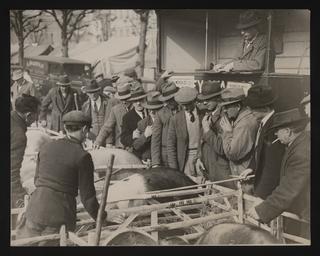
Daily Herald Photograph; Selling Pigs at Market
1938-03-08

1938-03-08
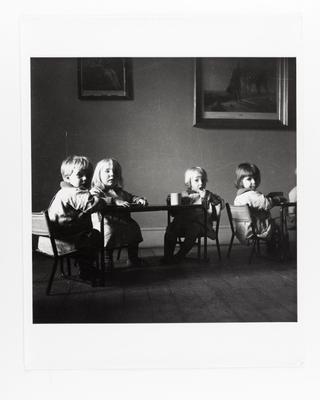
1940
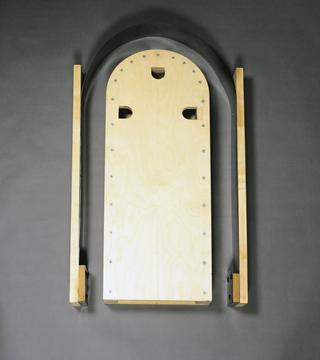
1996

1996
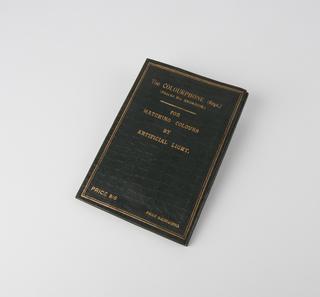
1950-1953
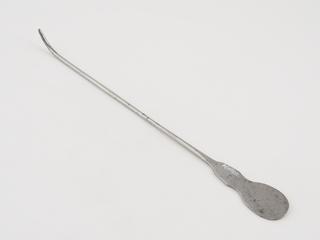
1751-1880

1940-1958

1801-1900


1950
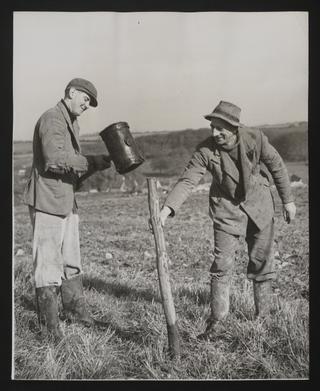
1953-11-07
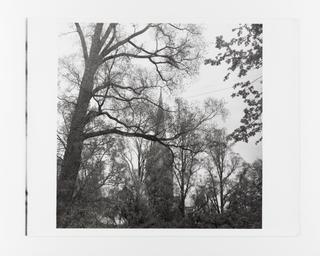
1941

1941

1939-1945
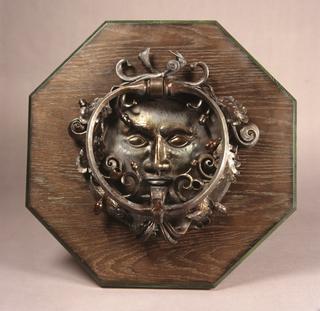
1996
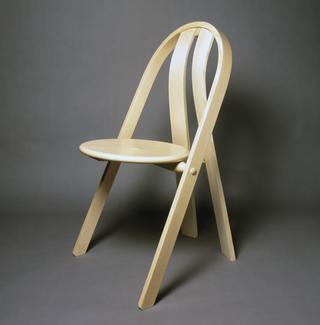
1996
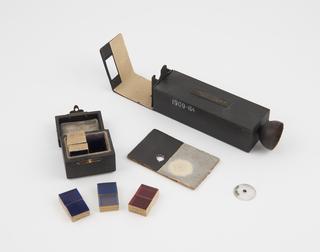
1895-1905

1855-1900
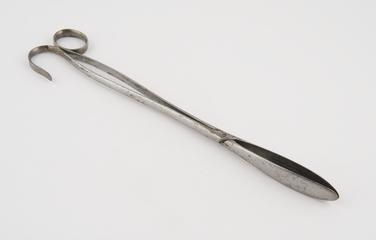
1851-1880

1751-1880

1946-1969
8 January 1959
1967-10
1900-1980
2016-12-08
1920-1930
1997
1401-1500 (original); 1960 (model)
1990-1998
1990-1998
2001-08-27
1980-1986
1980-1986
1900-1980
1964
1886
1900-1980
1900-1980
1904-1914
1915-1939
1900-1980
1930-1959
unknown
1981
1950
1900-1980